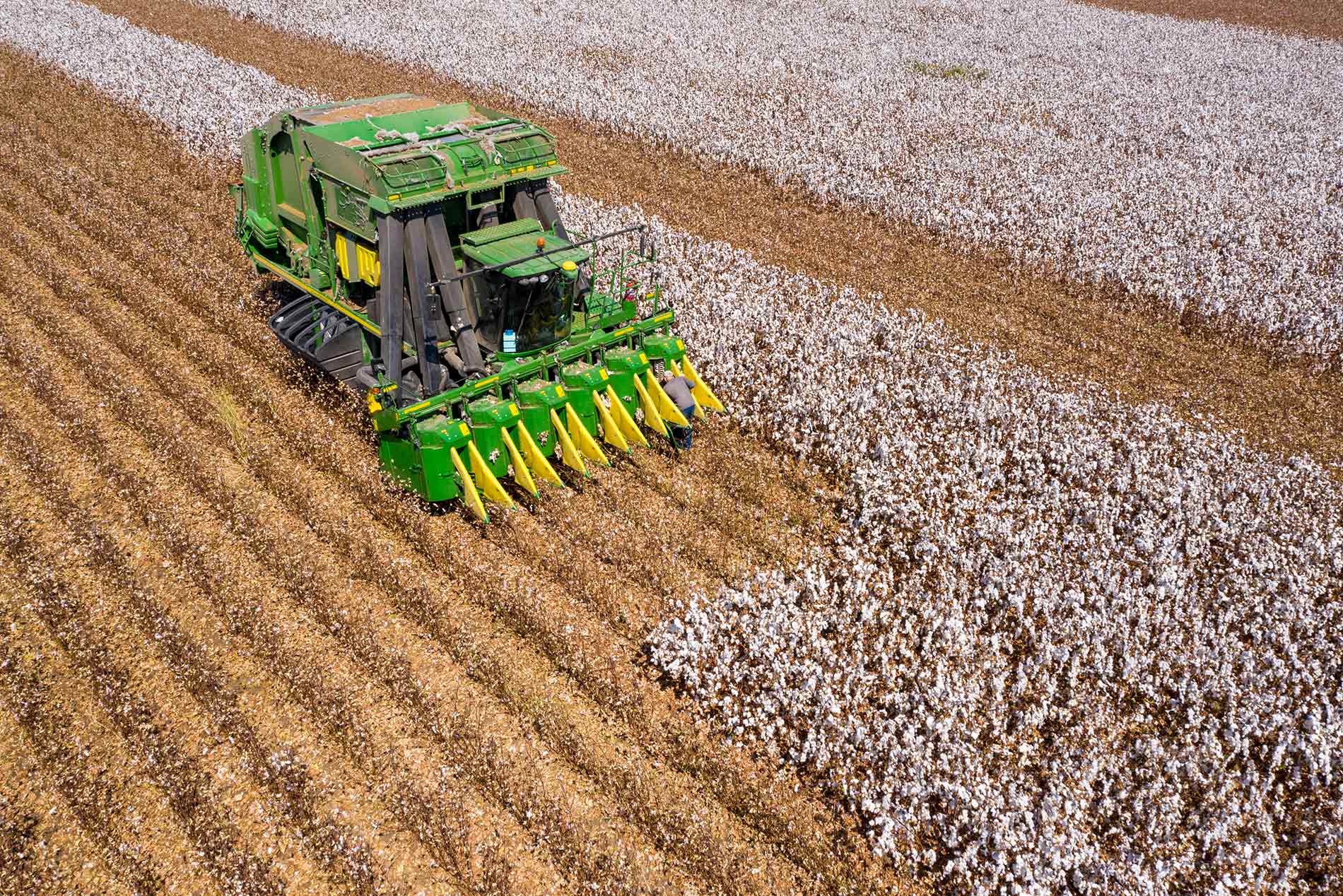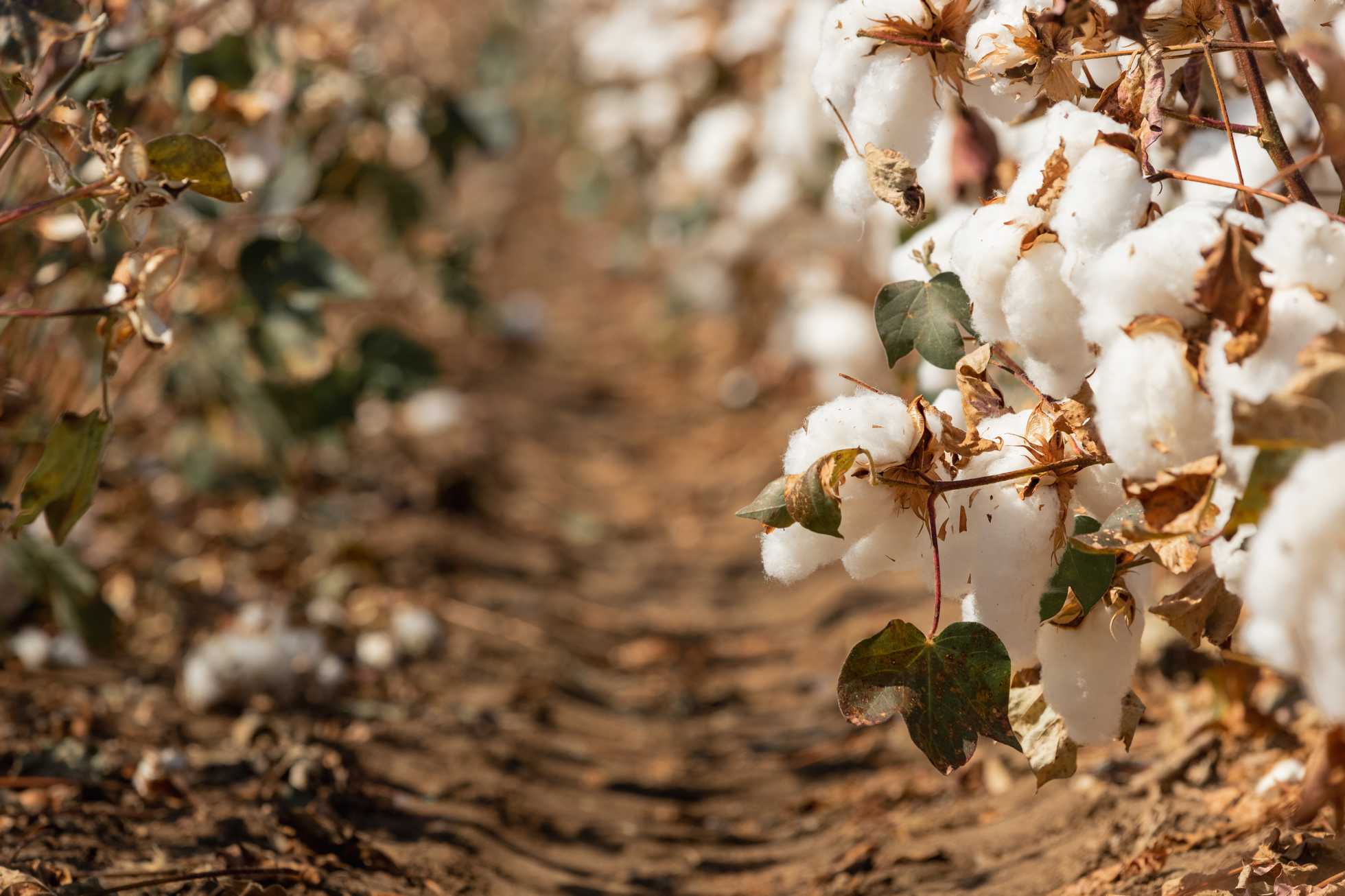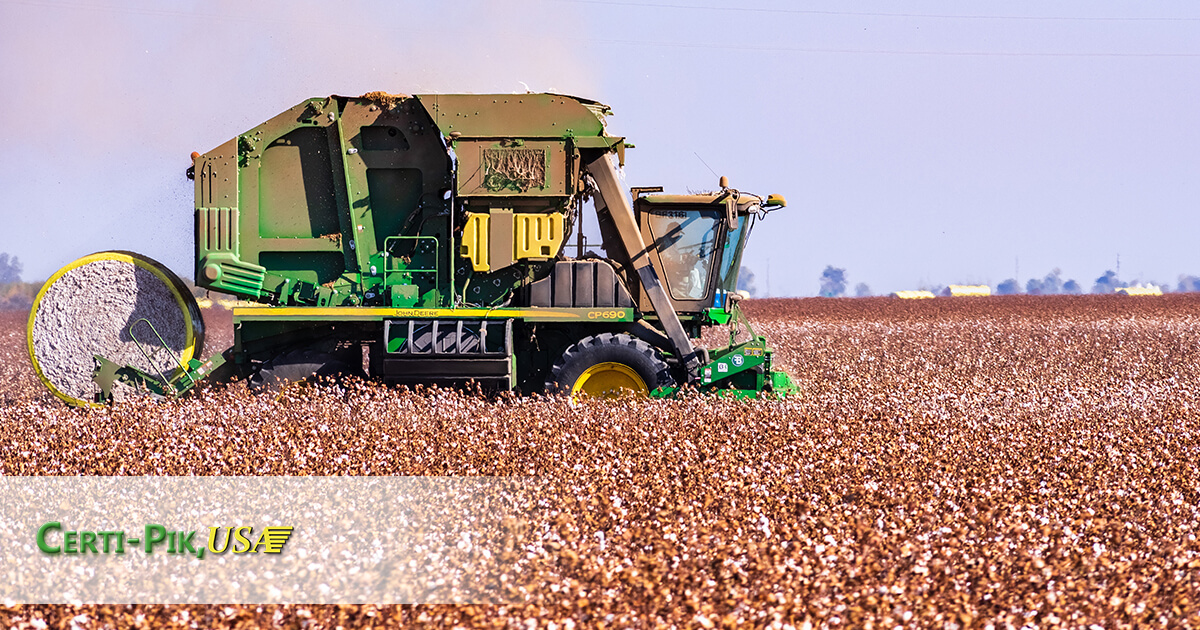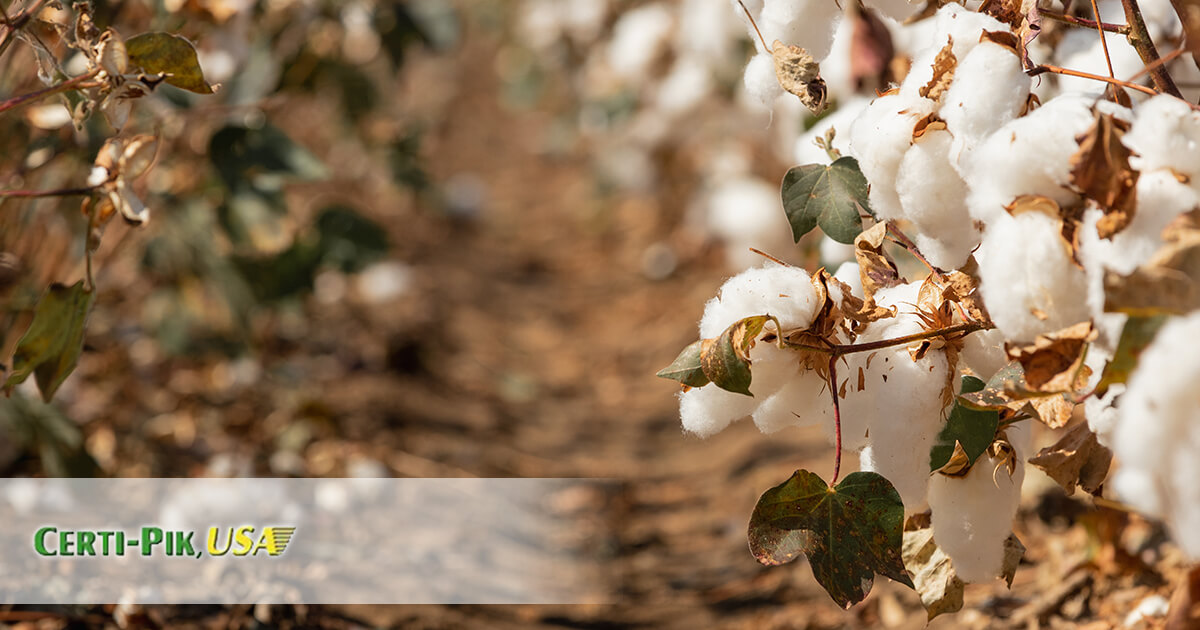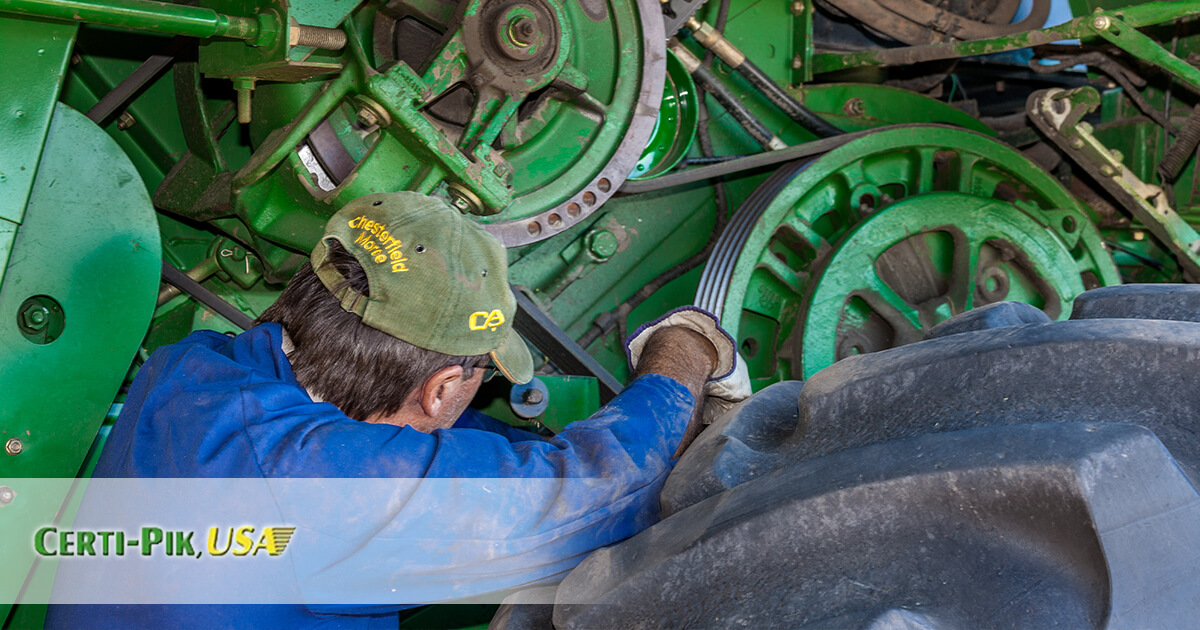As a cotton farmer, you know the importance of having a well-maintained cotton picker machine to ensure maximum efficiency during the harvest season. Here is a list of the top ten cotton picker parts, including the cotton spindle, which will improve your machine’s performance and increase your overall yield. The regular attachments are meant to
READ MORECotton Picker Parts
John Deere Cotton Picker 9996 FAQ’s
John Deere Cotton Picker 9996 Frequently Asked Questions The John Deere Cotton Picker 9996 is a popular, efficient agricultural machine. The 9996 is a durable, powerful machine with a thoughtfully designed build that places the engine in a position to provide more traction to the wheels and more horsepower to move those wheels up hills.
READ MOREShould I Buy Used John Deere Cotton Picker Parts?
When you start searching for high-quality, used John Deere cotton picker parts, you will quickly find that they are almost impossible to find in some cases. At Certi-Pik, USA, our team of cotton picker part specialists is here to help you find the right part for the right price. Are you wondering if used parts
READ MORECommon Cotton-Picking Tools Customers Require
For many years, cotton picking has been done by using hands due to the lack of appropriate equipment to do the harvesting. But since the world has evolved, cotton harvesting has also evolved, and harvesting has now become more comfortable and faster. Cotton farmers have now embraced the cotton picker machine to maximize their production.
READ MOREWhere to Find John Deere Replacement Parts Online
If you rely on heavy machinery on a regular basis, then you need to make sure that these machines work. There are countless people who work in the farming and agricultural businesses and depend on their equipment to keep their customers happy, pay their bills, and put food on the table. Sadly, difficulties in meeting
READ MORE
